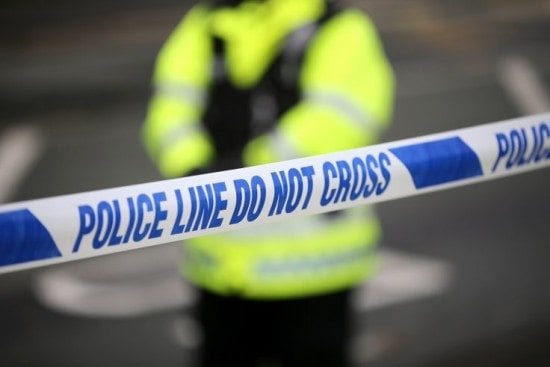Four out of five people identified by the Metropolitan Police’s facial recognition technology as possible suspects are innocent, according to an independent report revealed by Sky News and The Guardian.
Researchers found that the controversial system is 81% inaccurate – meaning that, in the vast majority of cases, it flagged up faces to police when they were not on a wanted list.
The report raises “significant concerns” about Scotland Yard’s use of the technology, and calls for the facial recognition programme to be halted.
Expert Comments:
Paul Bischoff, Privacy Advocate at Comparitech.com:
“The Met’s 0.1% error rate figure is calculated by dividing the number of incorrect matches by the total number of people whose faces were scanned. The University of Essex study’s 81% error rate divides the number of incorrect matches by the total number of reported matches.
Let’s say the face recognition cameras are set up at the entrance to the event. 1,000 people attending the event go through that entrance, and their faces are scanned. Of those 1,000 people, 42 people were “matched”, or identified, as police suspects. Eight of those matches were verified as correct, and the remaining 34 matches were false or inconclusive.
The University’s report is much more in line with how most people would judge accuracy.
The Met’s figure is hugely inflated and deceptive. Another example: Let’s say I stood at the entrance of a shopping centre with a photo of a person for whom I was searching. 100 people pass by, and I identify four of them as a match with the photo. Of course, only one of them is correct. By the Met’s logic, I’m 97% percent accurate because there were only three incorrect matches. But by the University’s metric, I’m only 25% accurate. To me, the latter makes a lot more sense and is substantially more honest and clear.
Furthermore, neither figure accounts for false negatives—people who should have been flagged as a match but were not. What if none of the four people I identified were a correct match, and the correct person passed by without notice? That’s clearly an error but it wouldn’t be measured in my accuracy statistic.”
The opinions expressed in this post belongs to the individual contributors and do not necessarily reflect the views of Information Security Buzz.



